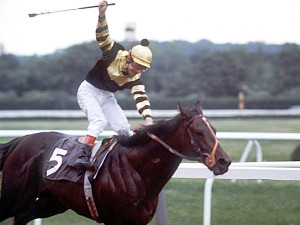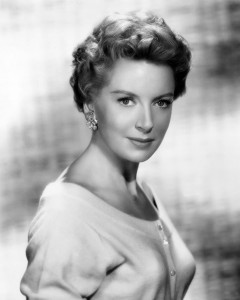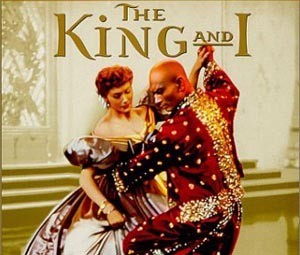From the New York Times Crossword puzzle, August 23, 2015
67 Down _________ coeptis (phrase on the back of the dollar bill)
You’ve spent hundreds, thousands, perhaps even millions of them – but do you know what is on your one dollar bill? Sadly, many of us have no idea. Yet a careful glance at our one-dollar bill will give us a lesson in history and symbols.
Front of the Dollar Bill
Well, this won’t take long as most of the good stuff is on the reverse side. However, did you know that George Washington was not the first person pictured on the bill? No, it was Salmon P. Chase. And just who was he? Well, he was the Secretary of the Treasury when the bill was first introduced.
In addition to Washington, there is the United States Treasury Seal which shows the balancing s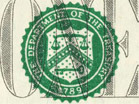 cales, indicated justice and the chevron with thirteen stars for the original thirteen colonies. The key invokes the symbol of authority.
cales, indicated justice and the chevron with thirteen stars for the original thirteen colonies. The key invokes the symbol of authority.
These days, only the one dollar bill still carries the district letter of the issuing reserve bank. Higher denominations have replaced those with the Federal Reserve Seal. Quick – can you name the Federal Reserve banks (hint: there are twelve of them). Answer: Boston, New York, Philadelphia, Cleveland, Richmond, Atlanta, Chicago, St. Louis, Minneapolis, Kansas City, Dallas and San Francisco.
Back of the Dollar Bill
Now for the good stuff – we’ll start with the Great Seal. If you can imagine, it took six years and three committees just to design the Great Seal. It wasn’t until June 13, 1782, that Charles Thomson managed to assuage all voices with his design which on the front 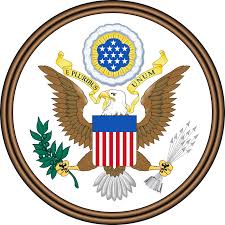 showed an eagle rising with thirteen arrows in its left talon and an olive branch in its right. The olive branch and the number thirteen seem pretty self-explanatory, but what is interesting is the significance of which talon they are in – right signifies dominance, so peace should predominate. An accidental switching of these in early years, nearly sparked an armed conflict!
showed an eagle rising with thirteen arrows in its left talon and an olive branch in its right. The olive branch and the number thirteen seem pretty self-explanatory, but what is interesting is the significance of which talon they are in – right signifies dominance, so peace should predominate. An accidental switching of these in early years, nearly sparked an armed conflict!
The shield on the eagle has the horizontal blue stripe signifying Congress and the thirteen stripes signify – you guesses it the thirteen original colonies, but the thirteen stars? Colonies again? No! They signify “a new constellation” which somehow indicated that the United States was charting a new course. And by now, most of us know that E pluribus unum, means “Out of many, one”
Now we look at the other side which shows the reverse side of the Great Seal – the picture that has sparked many discussions and controversies. The unfinished pyramid which is supposed to indicate strength and duration; it again has thirteen rows of building stones with 1776 written in Roman numerals on the bottom. The phrase Novus Ordo Seclorum means the New Order of the Ages. Above the pyramid is the eye which sees in a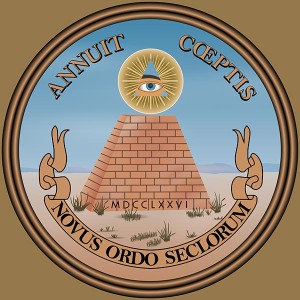 ll directions – a symbol that is evocative of the Freemasons for whom the eye is the symbol of the Great Architect.
ll directions – a symbol that is evocative of the Freemasons for whom the eye is the symbol of the Great Architect.
The answer for this puzzle’s clue, Annuit coeptis – means Providence has favored our undertaking – something that perhaps not all of our enemies or allies would endorse, but nonetheless, there it is.
And what about In God We Trust? It was first used on money during the Civil War when national currency was first introduced. It did not become our national motto until 1956, and in 1957, it made its first appearance on the dollar bill.


